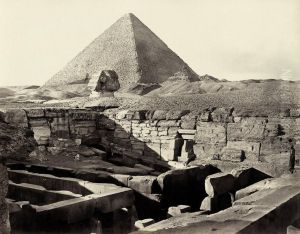Francis Frith Paintings
Francis Frith was an English photographer and businessman, renowned for his pioneering work in the field of travel photography. Born on October 7, 1822, in Chesterfield, Derbyshire, Frith was initially involved in the family's cutlery business but later became fascinated with photography, which was a relatively new art form at the time.
Frith embarked on his photographic career in the 1850s after selling his stake in the family business. He traveled to the Middle East and Egypt, where he captured images of famous historical and cultural sites such as the Pyramids of Giza, the Sphinx, and the ruins of Thebes. These photographs were among the first to document these locations and were instrumental in bringing images of these remote places to the Western audience.
In 1859, Frith founded his own photographic publishing company, F. Frith & Co., which became one of the largest and most successful in Britain. The company specialized in producing photographic prints, stereoscopic images, and postcards. Frith's work was characterized by its high level of detail, technical proficiency, and artistry, which set a new standard for travel photography.
Throughout his career, Frith took several trips to the Middle East, amassing a vast collection of photographs that were widely exhibited and sold. His images played a significant role in shaping Western perceptions of the East and were used for educational purposes as well as for entertainment.
Frith was also an accomplished writer and lecturer, sharing his experiences and views on photography and travel through various publications and speaking engagements. His notable works include a series of photographic albums such as 'Egypt and Palestine Photographed and Described' (1858-1859), which not only included his photographs but also his personal commentary.
Francis Frith passed away on February 25, 1898, in Cannes, France. His legacy endures through his extensive collection of photographs that continue to be appreciated for their historical value and artistic merit. Frith's work provides a valuable visual record of 19th-century Middle Eastern architecture and landscapes, and his contributions to the field of photography remain influential to this day.
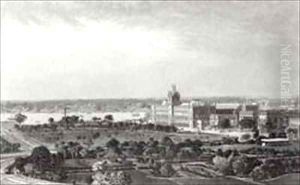

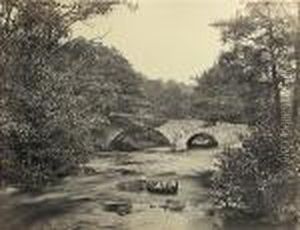
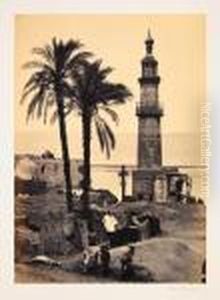
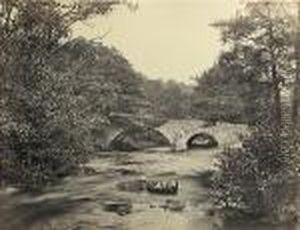
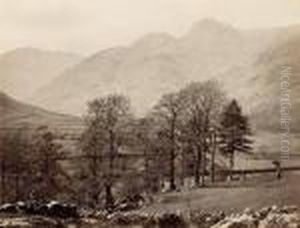
![Upper Egypt And Ethiopia, [1863]](https://www.niceartgallery.com/imgs/2236903/s/francis-frith-upper-egypt-and-ethiopia-1863-4e85c7f4.jpg)
